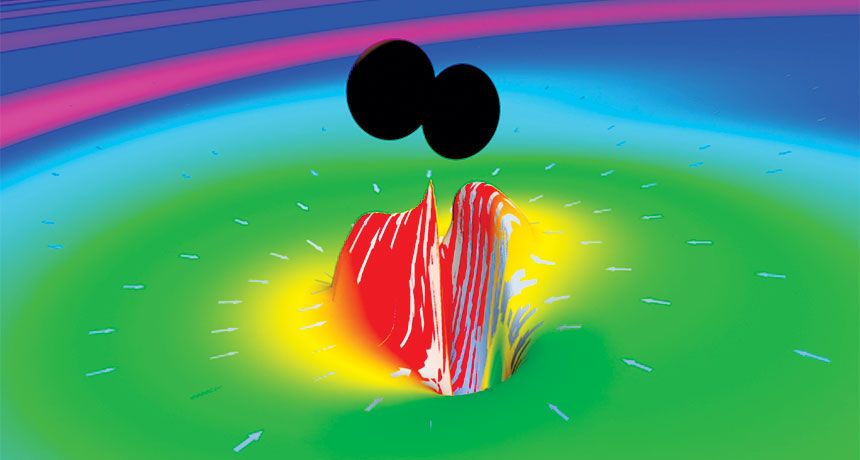The discovery of a similar galaxy, previously found in March 2018, was met with praise and criticism as it defies existing dark matter theory.


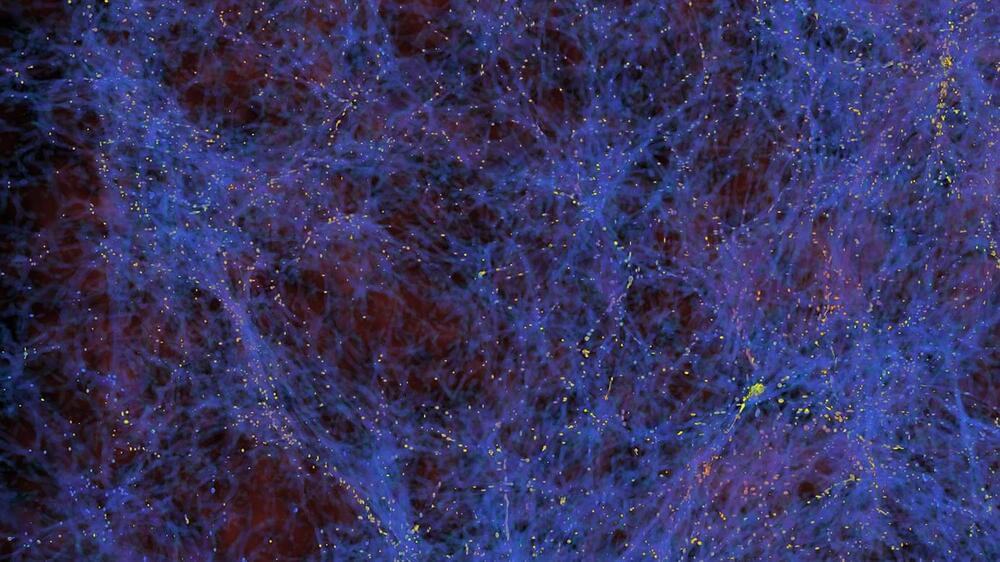
Now that they’ve identified the Higgs boson, scientists at the Large Hadron Collider have set their sights on an even more elusive target.
All around us is dark matter and dark energy—the invisible stuff that binds the galaxy together, but which no one has been able to directly detect. “We know for sure there’s a dark world, and there’s more energy in it than there is in ours,” said LianTao Wang, a University of Chicago professor of physics who studies how to find signals in large particle accelerators like the LHC.
Wang, along with scientists from the University and UChicago-affiliated Fermilab, think they may be able to lead us to its tracks; in a paper published April 3 in Physical Review Letters, they laid out an innovative method for stalking dark matter in the LHC by exploiting a potential particle’s slightly slower speed.
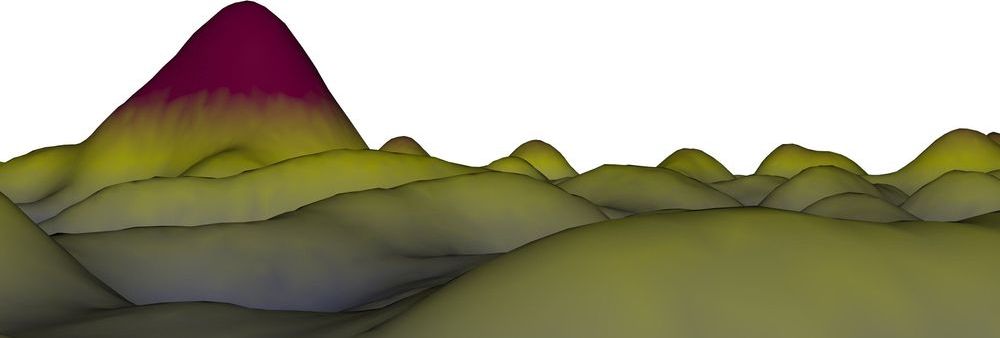
Scientists have used the tiny distortions imprinted on the cosmic microwave background by the gravity of matter throughout the universe, recorded by ESA’s Planck satellite, to uncover the connection between the luminosity of quasars – the bright cores of active galaxies – and the mass of the much larger ‘halos’ of dark matter in which they sit. The result is an important confirmation for our understanding of how galaxies evolve across cosmic history.
Most galaxies in the universe are known to host supermassive black holes, with masses of millions to billions of times the Sun’s mass, at their cores. The majority of these cosmic monsters are ‘dormant’, with little or no activity going on near them, but about one percent are classified as ‘active’, accreting matter from their surroundings at very intense rates. This accretion process causes material in the black hole’s vicinity to shine brightly across the electromagnetic spectrum, making these active galaxies, or quasars, some of the brightest sources in the cosmos.
While it is still unclear what activates these black holes, switching on and off their phase of intense accretion, it is likely that quasars play an important role in regulating the evolution of galaxies across cosmic history. For this reason, it is crucial to understand the relationship between quasars, their host galaxies, and their environment on even larger scales.
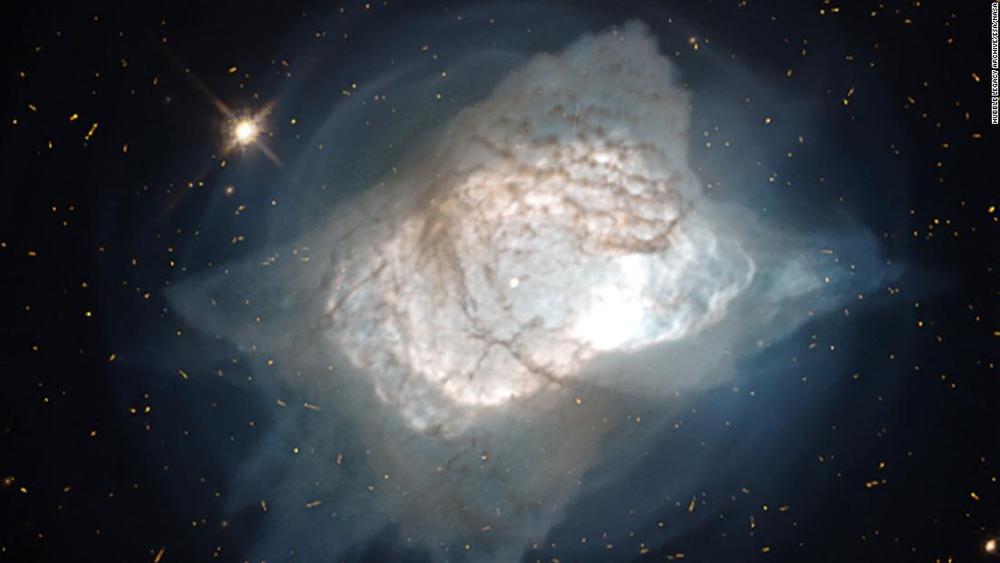
When the universe formed during the Big Bang 13.8 billion years ago, the chemical reactions of the aftermath formed the first molecules. Those first molecules were crucial in helping form everything we know, but they’re also absent.
And although HeH+, the helium hydride ion, has been proposed for years as that first molecule, scientists couldn’t find any evidence of its existence in space — until now. The findings were published Wednesday in the journal Nature.
After the Big Bang, HeH+ formed in a molecular bond when helium atoms and protons combined. Later, these would break apart into hydrogen molecules and helium atoms. Both elements are the two most abundant throughout the universe, with hydrogen first and helium second.

Back in the ancient universe, shortly after the Big Bang, the first atoms formed out of free particles. Only light elements like hydrogen and helium could form at high temperatures, but as the universe cooled, those atoms turned into every single thing we see in our world today. And now, scientists have spotted the type of molecule that formed the very first time two atoms combined.
Theories have predicted for decades that the first molecule that could form would be between the first two elements: hydrogen and helium. But the “helium hydride” molecule, as it’s known, had never been spotted before, Gizmodo explained. This led to some doubt as to whether this theory could even be true. But thanks to a modified Boeing 747 dubbed SOFIA, or Stratospheric Observatory for Infrared Astronomy, we have finally detected the elusive molecule in a far-off nebula called NGC 7027.
Now that it’s confirmed that the universe is capable of forming the helium hydride molecule naturally, this knowledge is helping astronomers better understand how the universe worked in the time just after the Big Bang. The research, published on Wednesday in the journal Nature, has made sense of the “dawn of chemistry,” the authors state. Read more about this exciting find at Gizmodo. Shivani Ishwar.
Training bigger neural networks can be challenging when faced with accelerator memory limits. The size of the datasets being used by machine learning models is very large nowadays. For example, a standard image classification datasets like hashtagged Instagram contains millions of images. With the increasing quality of the images, the memory required will also increase. Today, the memory available on NVIDIA GPUs is only 32 GB.
Therefore, there needs to be a tradeoff between memory allocated for the features in a model and how the network gets activated. It is only understandable why the accelerator memory limit needs to be breached.

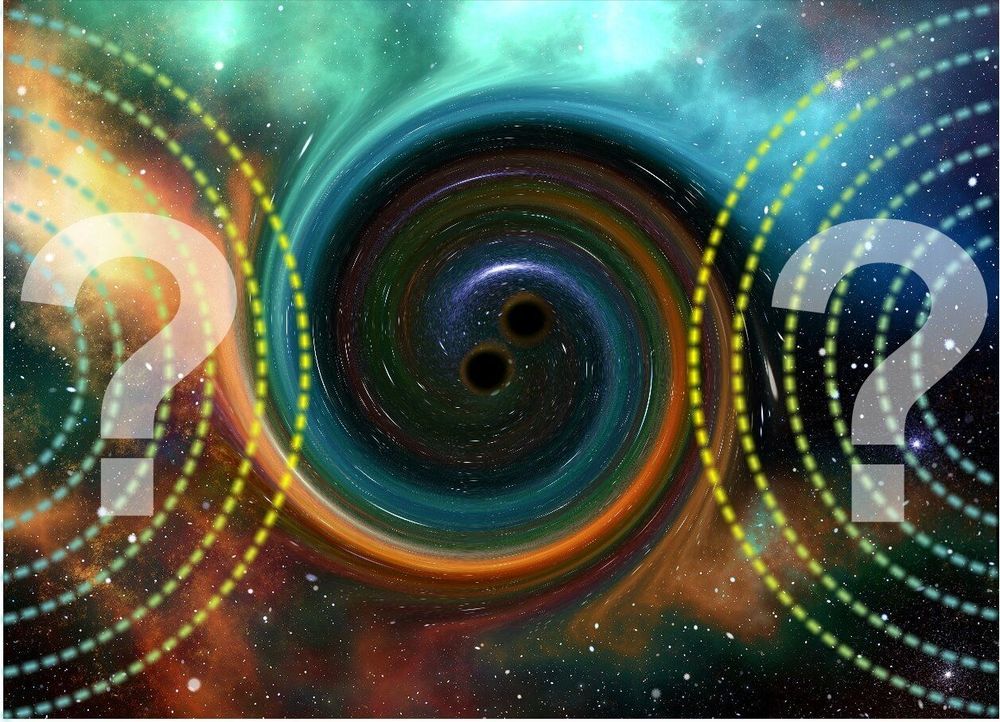
Gravitational echoes may be caused by the collision of two black holes, and may indicate that these objects have completely new physical properties. This conclusion was made by RUDN physicists after a series of mathematical calculations. The scientists state that if the existence of the echo phenomenon is confirmed, astrophysicists would have to reconsider their view of compact space objects. The results of the study were published in Physical Review D.
According to the theory of general relativity (GR), any massive object distorts space-time. A similar effect is observed when a heavy metal ball is placed on stretched elastic fabric. The heavier is the ball, the deeper is the depression in the fabric. Similarly, the higher the mass of an object, the more it distorts space-time. Black holes are among the heaviest objects in the universe, and therefore distort space-time the most. When two black holes collide, gravitational waves spread out from the site of collision. They can be compared to rings on the water, or sound waves, but there is one important peculiar feature. Gravitational waves do not propagate spatially—they are themselves the oscillations of space-time.
Gravitational waves from the collision of two black holes decay with time, but on their final stage, they can cause the so-called echo—additional wave scattering. It can be compared to regular acoustic echo. The existence of such gravitational echo has not been confirmed yet, and there are different opinions about its possible source. A RUDN physicist, together with colleagues from the Czech Republic and Russia, assumed that if the existence of gravitational echo is experimentally confirmed, it would be the beginning of the new physics adding to GR.

Researchers hoping to better interpret data from the detection of gravitational waves generated by the collision of binary black holes are turning to the public for help.
West Virginia University assistant professor Zachariah Etienne is leading what will soon become a global volunteer computing effort. The public will be invited to lend their own computers to help the scientific community unlock the secrets contained in gravitational waves observed when black holes smash together.
LIGO’s first detection of gravitational waves from colliding black holes in 2015 opened a new window on the universe, enabling scientists to observe cosmic events spanning billions of years and to better understand the makeup of the Universe. For many scientists, the discovery also fueled expansion of efforts to more thoroughly test the theories that help explain how the universe works—with a particular focus on inferring as much information as possible about the black holes prior to their collision.
